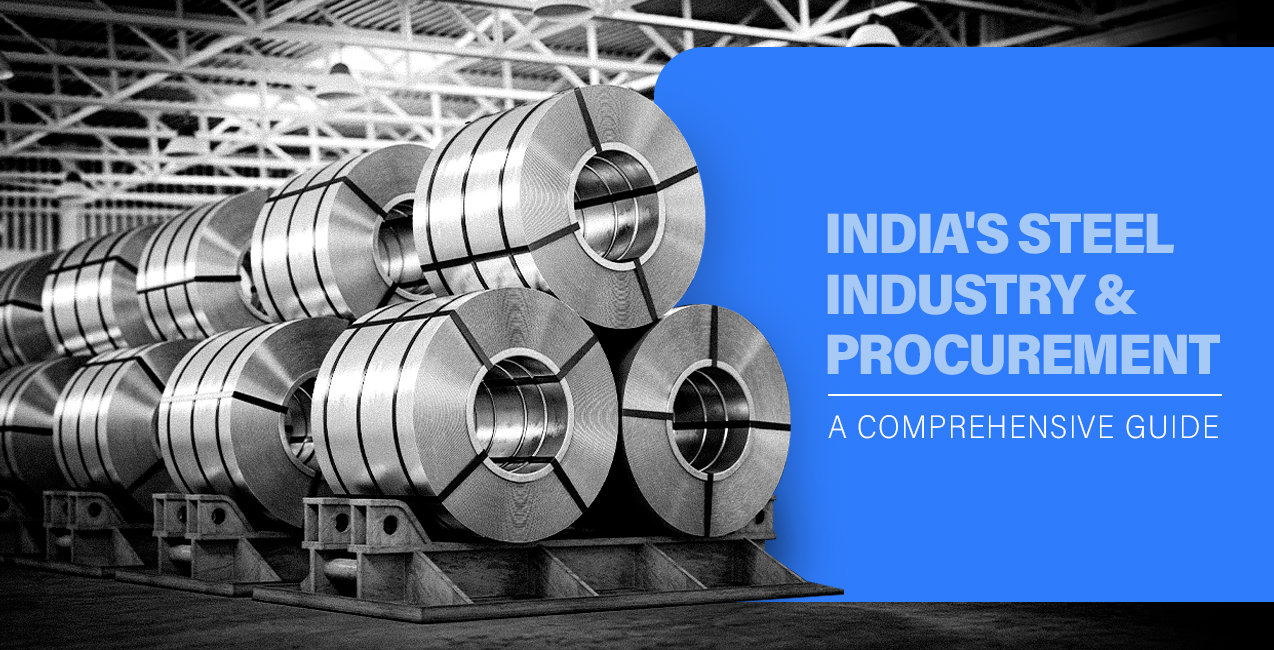
In recent years, the steel industry has witnessed significant transformations driven by a wave of consolidations among key players. This phenomenon has not only reshaped market dynamics but has also influenced global supply chains and pricing strategies. Understanding the implications of industry consolidation is crucial for stakeholders ranging from manufacturers to consumers. Here’s an in-depth look at how these changes are unfolding and what they mean for the future of the steel market.
Understanding Industry Consolidation
Industry consolidation refers to the process where companies merge or acquire other firms within the same industry. In the steel sector, this trend has accelerated due to several factors:
- Economies of Scale: Larger entities can achieve greater economies of scale, leading to cost efficiencies in production and distribution.
- Market Positioning: Consolidation allows companies to enhance their market position, gain competitive advantages, and expand their customer base.
- Financial Stability: Mergers and acquisitions often aim to improve financial stability by reducing operational redundancies and optimizing resources.
Key Drivers of Consolidation
- Global Demand Dynamics: Fluctuations in global steel demand have prompted companies to consolidate to better manage capacity utilization and stabilize revenues.
- Technological Advancements: Adoption of advanced technologies in manufacturing has incentivized consolidation as companies seek to integrate new processes and remain competitive.
- Regulatory Environment: Regulatory changes and policies on trade tariffs and environmental standards have influenced consolidation strategies, especially across international markets.
Impact on Market Structure
The consolidation trend has led to a reshaping of the steel market structure:
- Fewer but Larger Players: The number of major steel producers has decreased, leading to a concentration of market share among fewer, larger entities.
- Increased Vertical Integration: Many companies are now vertically integrating their operations, from raw material sourcing to finished product distribution, to streamline processes and control costs.
- Regional Focus: Consolidation has often resulted in companies focusing on specific regional markets where they can leverage economies of scale and respond swiftly to local demand fluctuations.
Effects on Pricing and Competition
Consolidation has significant implications for pricing dynamics and competitive behavior within the steel industry:
- Price Stabilization: Larger firms can exert greater control over pricing, leading to more stabilized price ranges compared to periods of intense competition and oversupply.
- Innovation and Differentiation: Consolidation fosters innovation as companies invest in R&D to differentiate their products and services, catering to specific market segments.
Challenges and Opportunities
While industry consolidation offers several advantages, it also poses challenges:
- Market Entry Barriers: Smaller firms may find it increasingly difficult to enter or compete in a market dominated by larger, consolidated entities.
- Supply Chain Risks: Consolidation can increase supply chain vulnerabilities, especially if key suppliers or distributors are acquired or merged.
Future Outlook
Looking ahead, the steel industry is likely to see continued consolidation efforts driven by the pursuit of operational efficiency, market dominance, and strategic positioning in the global economy. Companies that successfully navigate these changes will be well-positioned to capitalize on emerging opportunities and address evolving market demands.
Table 1: Impact of Consolidation on Market Dynamics
| Aspect | Before Consolidation | After Consolidation |
|---|---|---|
| Number of Major Players | High | Low |
| Market Share Distribution | Fragmented | Concentrated |
| Pricing Stability | Volatile | Stable |
Table 2: Key Drivers and Effects
| Driver | Effect |
|---|---|
| Global Demand Dynamics | Stabilizes revenues and capacity |
| Technological Advancements | Enhances competitiveness |
| Regulatory Environment | Influences consolidation strategies |




